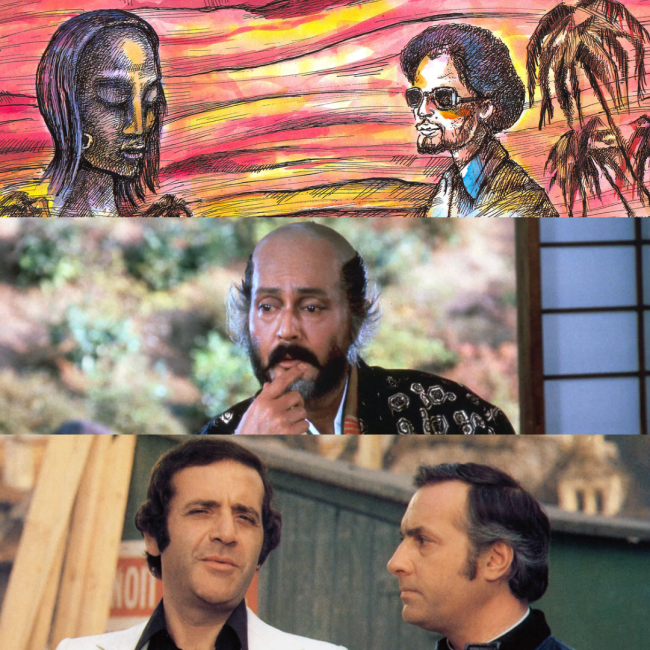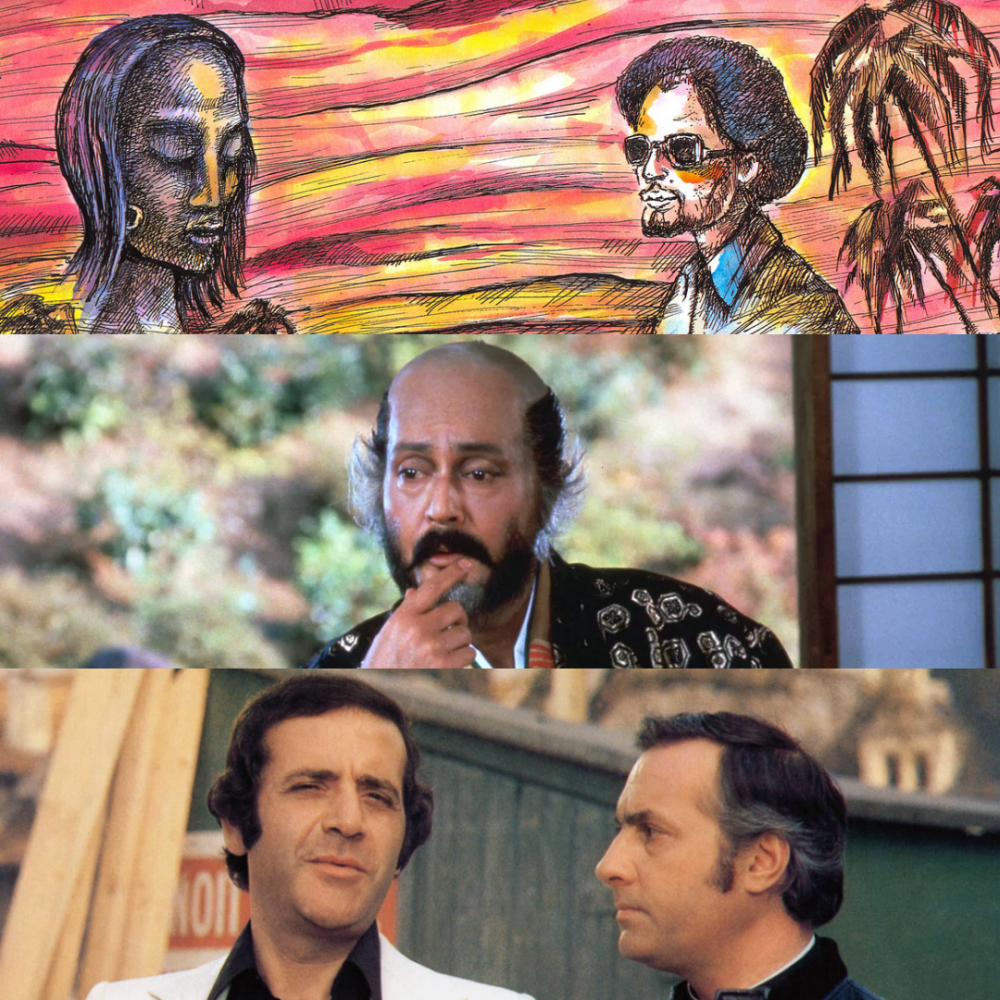
Support real, independent music journalism by subscribing to Passion of the Weiss on Patreon.
Evan Nabavian white whale is the Antediluvian Inspectah Deck album.
Haile M. Ghiorgis – “Man Biye?”
A recurring story in music beginning in the 60s is that of the inveterate tinkerer who falls in love with synthesizers. This individual can’t help but bastardize his preferred musical canon by giving it an android twang. Isao Tomita did it to Holst, Mussorgsky, and Debussy and Gershon Kingsley did it to The Beatles and Simon & Garfunkel. Ethiopia’s Haile M. Ghiorgis started his performing career as a keyboardist for local outfits like Mahmoud Ahmed’s Ibex Band. In 1974, communists seized power and inflicted on the country a Red Terror, killing a hundred thousand people. The new regime censored popular music, which it regarded as a Western import. Ghiorgis decamped to Hamburg in 1977 where he plied his trade as a keyboardist and a piano tuner. He was blind, but this didn’t stop him from rigging his home studio with a keyboard, synthesizer, and organ to record his solo album Survival. Extant copies sell for hundreds of dollars, but Berlin label The Artless Cuckoo kindly reissued two tracks in 2017, including the incandescent groove of “Man Biye?” (“What Should I Call You?”). Early electronic musicians were at pains to show that their tech could produce the same warmth and humanity as a brass or string section. In 1985, Haile Ghiorgis found out how to make a Yamaha DX7 moan like Heather Hunter.
Michel Magne – “Petrole Pop”
In 1959, the French New Wave was in its infancy and the dainty chanson of Dalida dominated the Paris airwaves. In this climate, composer Michel Magne released Musique Tashiste, a schizophrenic instrumental album of noise and orchestral and jazz ephemera. Four years later, he was nominated for an Oscar for his jaunty score for Gene Kelly’s Gigot, but Hollywood didn’t interest him. He spent the 60s cutting soundtracks for hit movies back in France. In 1962, he bought a chateau 19 miles from Paris in the village of Herouville and he fashioned the 18th century manor into a recording studio. In 1971, The Grateful Dead happened upon the tiny village and performed in its gardens when a festival gig was canceled due to rain. The mayor offered the local fire brigade as security and Magne laced their wine with LSD which sent them dancing naked in a swimming pool.
Pink Floyd, David Bowie, Iggy Pop, and Elton John would patronize Château d’Herouville which Elton christened the Honky Chateau – a secluded bohemia that accommodated the eccentrics of the 70s. It was in this milieu that Magne recorded the soundtrack for Jean Yanne’s “Moi y’en a vouloir des sous” – a satire about capitalism and its malcontents where everyone gets burned – which includes the irresistible “Petrole Pop.” Strings and a choral section open a gateway between Magne’s lysergic French Neverland and the Near East where an intoxicating melody and a woman’s purring refrain suffuse the senses. Much of music discovery today is guided by the indistinct hand of a recommendation engine and the whims of subcultures and aesthetes. Magne would not live to see his 1973 comedy soundtrack find an adoring audience on YouTube. Creditors seized Château d’Herouville in 1979. Buried in debt, Magne killed himself five years later.
Shinichiro Ikebe – “The Setting Sun”
By 1980, Akira Kurosawa had ample reason to never make a movie again. He was 70 years old and in the preceding decade, he had won an Oscar and survived a suicide attempt. But Kagemusha beckoned. From 1943 to 1965, Kurosawa averaged one movie a year and earned a reputation as Japan’s greatest living director. The production of Red Beard (1965) tarnished his professional standing. Kurosawa spent lavishly – his requirements for the set included tiles from centuries-old buildings and wood from old farmhouses. This elaborate set ultimately appeared in the movie for one minute. Studios regarded the tyrannical Kurosawa warily for the rest of his life. In 1970, he made a smaller movie (Dodes’ka-den) and in 1975, he made a movie with a Soviet studio (Dersu Uzala), which won him his Oscar but didn’t shake the misgivings of local studios. In the intervening years, he cut his wrists and throat, but lived. He envisioned another period drama, this time in color, on a larger scale than any of his previous work.
It took four years and the petitioning of George Lucas and Francis Ford Coppola to secure the funding for Kagemusha, the story of a 16th century clan whose survival depends on their ability to conceal the death of their daimyo behind an impersonator. Kagemusha is lauded for its spectacular images – battles with hundreds of extras and psychedelic dream sequences – but not so much for Shinichiro Ikebe’s score which is overshadowed by landmark work from Kurosawa collaborators like Toru Takemitsu. Ikebe joined the production when Kurosawa regular Masaru Sato departed because of creative differences. Ikebe was 35 and he recalls that Kurosawa told him “You are only half my age.” The director asked Ikebe to write a theme with a melody with which the audience would become instantly familiar. Ikebe wrote 15 melodies from which Kurosawa picked the eighth. Ikebe’s score has its greatest effect in one sequence when soldiers march silhouetted against an explosive golden sunset and the music is reduced to strings and the metronomic pulse of horns and timpani. This moment of transcendent beauty feels like Kurosawa wrestled it away from a world determined to not let him have it.

